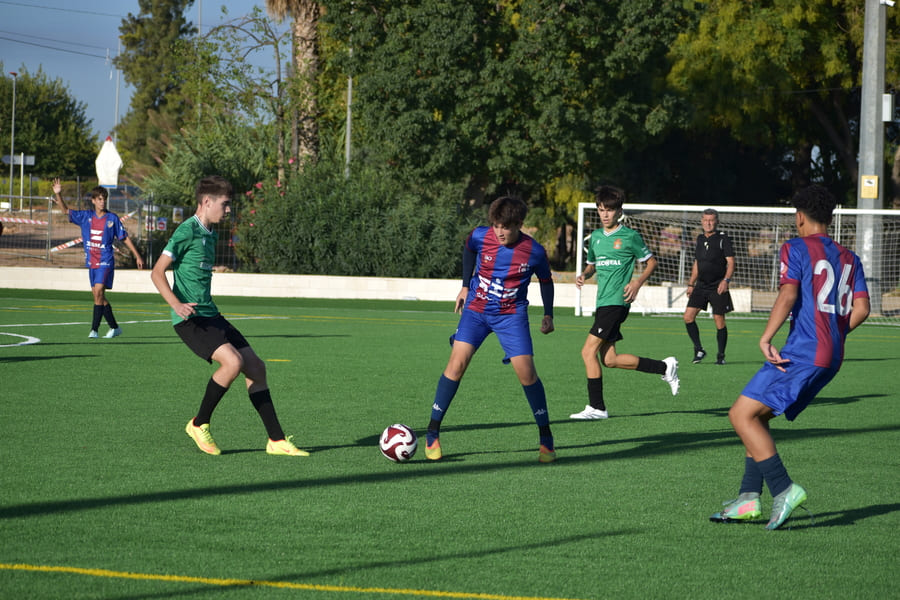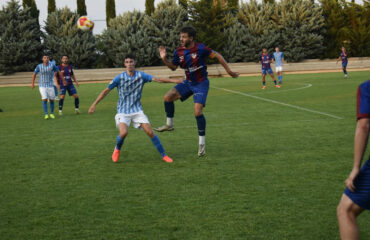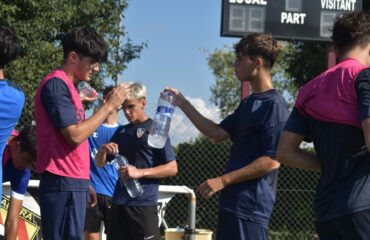In modern football, the margins between success and failure are increasingly narrow. A perfectly timed first touch, a subtle body adjustment, or a precisely measured stride can make the difference between an intercepted pass or a decisive goal. In this context arises the concept of invisible training, a practice that goes beyond conventional exercises and focuses on micro-movements — those small gestures that optimize player efficiency and enhance overall performance.
Table of contents
The science behind invisible training
Invisible training is not about something magical or mysterious, but rather all those factors and practices that are not seen on the field yet directly influence performance. It involves nutrition, rest, recovery, mental preparation, and, more recently, body awareness applied to micro-movements. These seemingly minimal details shape how the body behaves during play.
A professional footballer’s body constantly performs micro-adjustments. Every step, turn, or jump involves a series of minute movements that can make the difference between maintaining balance or losing it, between reacting in time or arriving late. Training these micro-movements focuses on improving coordination, proprioception, and motor efficiency.
According to Alain, one of the coaches at SIA Academy, “The player who understands his body in detail learns to move intelligently, not just with strength. Small adjustments are what allow you to dominate big situations on the pitch.” This statement perfectly summarizes the essence of invisible training: the pursuit of an efficiency that’s invisible to the eye, but perceptible in performance.

Micro-movements: the art of precision
Working with micro-movements begins with observation and controlled repetition. Movement patterns are analyzed, and posture, trunk orientation, weight distribution, and dynamic balance are refined. In daily training, these tasks might seem simple, but they prepare footballers to react with millimeter precision during a match.
For instance, a small adjustment in hip angle when receiving the ball can reduce reaction time by a tenth of a second — enough to avoid a defender’s pressure or find a passing lane. This type of training doesn’t aim to increase raw power but to fine-tune movement efficiency.
Alain explains it clearly: “The footballer who masters micro-movements plays with an advantage because his body responds naturally to every stimulus. He doesn’t think — he simply acts with precision.” This approach turns each player into a fast-decision machine, supported by a solid physical and cognitive base.
At SIA Academy, efficiency is trained from within
At SIA Academy, we understand that invisible training is just as important as technical or tactical work. Our development model is based on a holistic vision of the footballer, where every training session combines physical, mental, and emotional work. We know that real improvement happens when the player understands how and why they move.
In our sessions, micro-movements are specifically trained through neuromuscular coordination exercises, posture analysis, and real-game simulations. We aim for players to be aware of every gesture, of how they position their support foot, how they turn their head, or how they distribute energy during short sprints.
We also use motion tracking and analysis technology to evaluate each player’s efficiency. This allows us to detect patterns for improvement and personalize training according to individual needs. In other words, every footballer learns to “train their body from within,” optimizing how each action is executed.

The mental side of invisible training
Invisible training is not limited to the body; it also involves the mind. Controlling micro-movements requires focus, patience, and self-awareness. At SIA Academy, we work on mindfulness and visualization as complementary tools. When a player can visualize a gesture before performing it, execution improves significantly.
Conscious repetition turns movements into efficient automatisms. This is key in high-pressure environments, where overthinking can be counterproductive. The goal is for the player to trust their body, to let movements flow naturally even in the most demanding situations.
A paradigm shift in football development
Modern football demands complete athletes — capable of adapting and anticipating. That’s why invisible training and micro-movements are not just a passing trend, but a paradigm shift in how preparation is understood. It’s no longer about running more or kicking harder; it’s about moving better.
At SIA Academy, we believe that a footballer’s true evolution lies in their ability to optimize every gesture. Our commitment is to shape intelligent, conscious, and efficient players. Every training session we conduct pursues that goal, from grassroots to elite levels.
Because, as Alain says, “Football isn’t just played with your feet, but with every fiber of your body. When you train what’s invisible, what’s visible improves by itself.”
And that is precisely our philosophy: to make visible the hidden potential of every player through invisible training.






